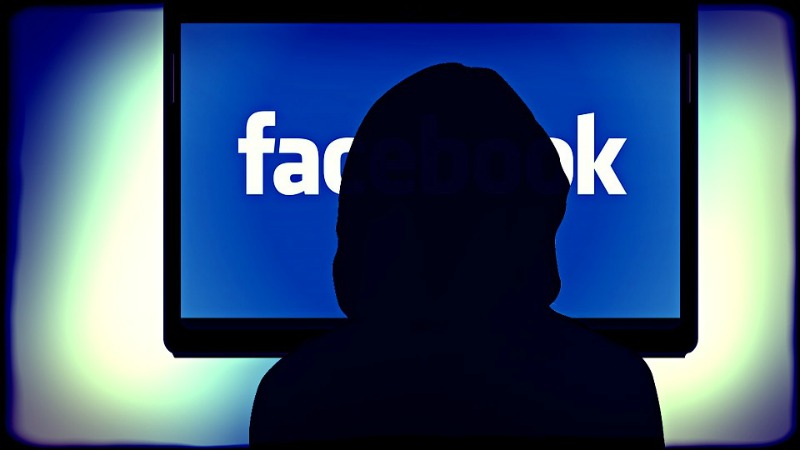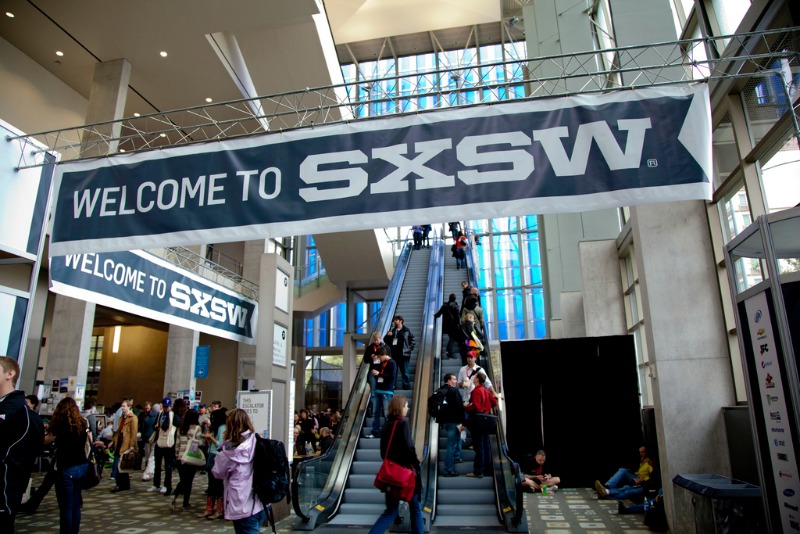W2O Group 23 Aug 2016 // 2:22PM GMT

October 9th, 2006 was the day Google, king of search, decided to buy YouTube. It was a landmark moment for digital advertising as it signaled the beginning of a shift in focus from messaging that was primarily copy and images to a more engaging form of content – video. For a long time, YouTube reigned supreme, with viral hits such as ‘Charlie Bit My Finger’ and the ‘Harlem Shake’ drawing the attention of millions. Marketers saw the impact on brands that embraced the platform, withGoPro cameras and Dollar Shave Club prime examples of brands who grew from startups to companies valued over a billion dollars. However, as with most situations in a digital ecosystem, change is par for the course.
October 13th, 2015, less than a decade later, Facebook decided to add a dedicated video channel right next to a user’s News Feed. This was another big step in the shift away from ‘static’ content. This was the first of many changes to the biggest social network on the planet that were implemented in an effort to make it a video-first platform. Fast forward only 10 months, and already most marketers say social platforms such as Facebook are more crucial to a video campaign’s success than a video platform such as YouTube.
Source: The Future of Digital Video, by Trusted Media Brands, July 2016
This raises the question: why? What is Facebook doing that is changing perceptions so quickly?
Let’s take a quick look at some of the biggest factors:
- Ad-Blocking. The majority of Facebook users access the platform through a mobile app where ad-blocking, a growing concern among industry leaders, is not as alarming.
- New changes to Facebook’s News Feed algorithm. Recent changes have shifted focus away from brand content towards the content created by your connections on the platform. With one exception, video content.
- Integrating similar video products of competitors into their own offerings. A prime example of this would be Instagram’s new ‘Stories’ feature, a blatant copy of Snapchat’s own ‘Stories’, which was created after Facebook tested the feature first.
- The actions Facebook is taking to make uploading or creating video content as easy as possible. For example, Facebook can now take a few of your static images and combined them into an animated slideshow.
- Facebook Live. Few believed that Facebook’s live-streaming video offering would take off so fast, but after a broadcast from a woman in Texas about her purchase of a Chewbacca mask from Kohl’s brought in over 140 million views in just a few days those doubters have quickly disappeared.
Facebook Live is also the reason why the platform’s recent rise to video dominance will likely continue for some time. Over just the past few weeks they have added waiting rooms before broadcasts, extended the maximum broadcast time to four hours, spent over $50 million on publisher content, and begun testing mid-roll ads.
YouTube has begun making changes of their own in reaction to this competition from Facebook. They have restricted their ad products, added a live broadcast feature to their own mobile app, and increased the revenue content creators on the platform receive from users viewing their videos.
It will be interesting to see these two giants of advertising battle it out over the next few months and years. While Facebook has temporarily gained the advantage, YouTube still has the backing of possibly the most successful tech company on Earth.
By: Gabriel Chambers


































.jpg)














